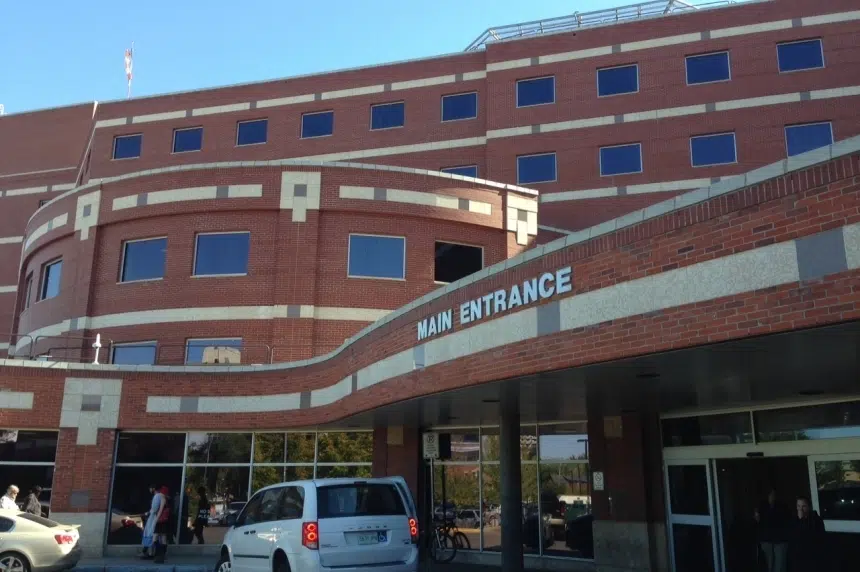The crushing pressure COVID-19 cases are putting on Saskatchewan’s health-care system is affecting the care patients are getting and that pressure could continue for months yet.
Last spring, at the beginning of the pandemic, the province created the Saskatchewan Critical Care Resource Allocation Framework. Its stated purpose is “to identify patients whose outcome would be fatal if ICU care is denied, but who are likely to survive if they do receive ICU care.”
The document is meant to help guide decisions on who gets care if resources are too scarce. There are four stages, each triggered by how far above the baseline capacity Regina and Saskatoon’s ICUs are.
Saskatchewan has been at the first stage for a while now, according to Derek Miller, chief of emergency operations with the Saskatchewan Health Authority (SHA).
He said the situation is being reassessed all the time, and health officials are considering whether it’s time to move stages. But it was confirmed during Friday’s technical briefing that there were no set plans to move to Stage 2 of the plan yet.
Miller said right now, in Stage 1, they are at 150 per cent of baseline ICU capacity and have active triage at the bedside in terms of who is getting access to which care.
“We have delayed surgeries in order to redeploy people. So again, we’re deciding that we’re going to allocate our resources to serve this certain group of the population and not continue on with some other services like in surgery or elsewhere in the community,” said Miller.
He explained that patients getting serious surgeries like a cardiovascular surgery need an ICU bed to recover in, but with all the beds being taken up by the COVID-19 demand, officials have had to cancel or postpone a number of priority surgeries.
As well, Miller explained there are a number of patients on normal medical units who are “high acuity” and should be admitted or are at risk of needing to be admitted to ICU.
“Our current capacity limitations results in those patients staying on in those medical units when they should be considered for admission into the ICU,” said Miller.
He said the SHA is basically operating on a first-come, first-served basis for ICU care and there are various examples across the system where decisions are being made about patient care.
According to Thursday’s Physician Town Hall — an information session held for the province’s doctors by the SHA — the health system has moved up in seriousness. It has gone from the system simply being challenged and care being impacted to the system being seriously challenged and having significantly altered care standards.
One of the slides in the presentation stated there were 57 high-flow oxygen patients who were not in the ICU and that critical-care surgeries were being reduced like open health and neurological patients.
The presentation said the province is approaching and exceeding the limits of capacity and, as a result, the care environment rapidly deteriorates, and patient-to-staff ratios were already deteriorating.
The presentation also stated the SHA anticipated the current acute and ICU pressures will continue until at least December, depending on public health orders.
Case models for the province, presented on Wednesday, indicated cases could spike during and after the holidays, depending on whether gathering limits were introduced.







